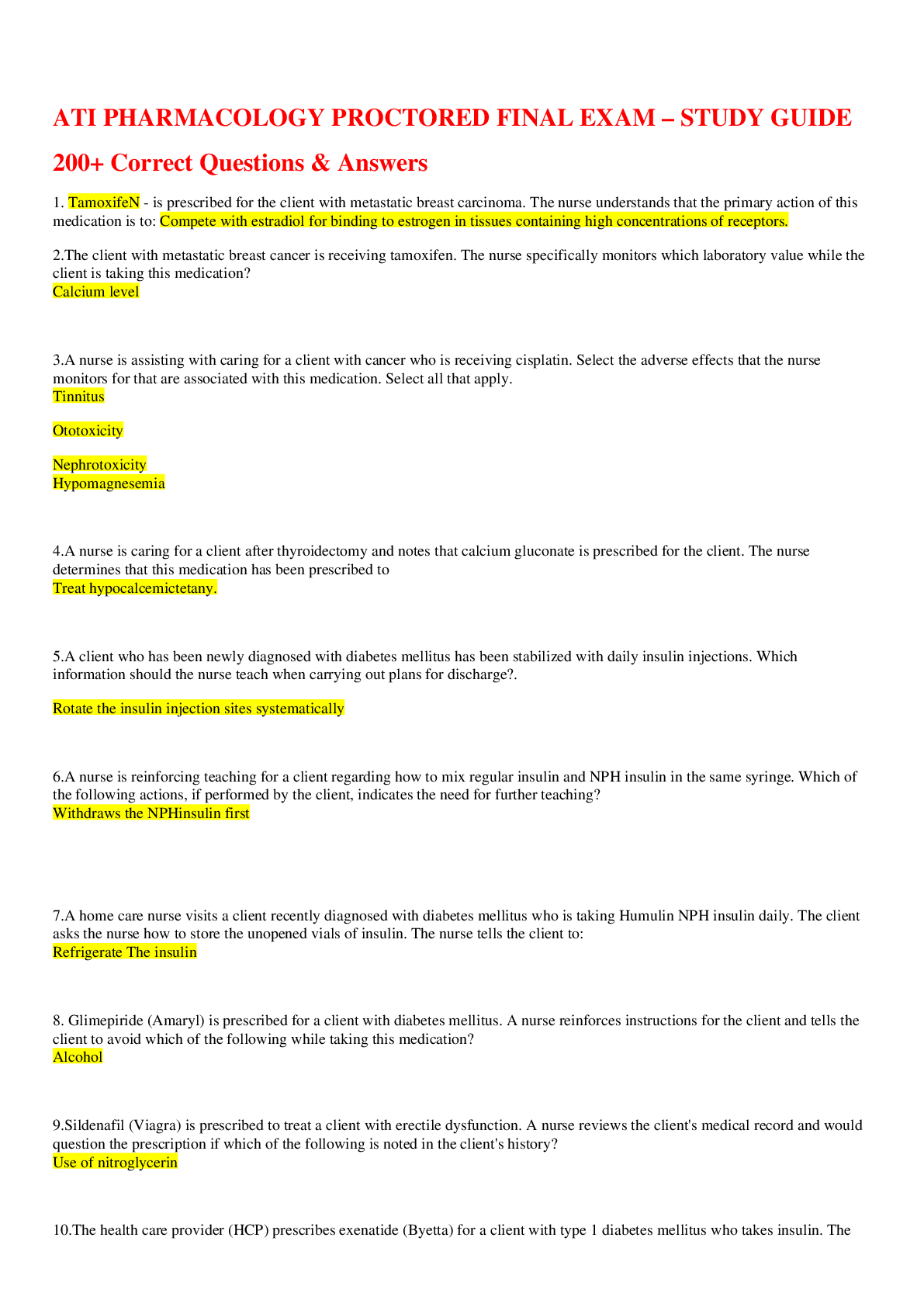*NURSING > STUDY GUIDE > NUR 2633 – Study Guide Exam 1/50 questions (All)
NUR 2633 – Study Guide Exam 1/50 questions
Document Content and Description Below
NUR 2633 – Study Guide Exam 1/50 questions Women’s health encompasses breast care, GYN exams, and assessments. Be comfortable with the parameters of education for a. Breast education- b. Fluc... tuating hormone levels during the monthly cycle cause changes in breast tissue. i. Following menstruation, when hormone levels are at their lowest, the breast tissue is smooth and nontender. ii. As estrogen levels increase mid-cycle, breasts may become more sensitive. Also, just before menstruation, when progesterone is elevated, the breasts become swollen and tender, with palpable nodules. c. The area between the breasts has several oil and sweat glands, creating an atmosphere conducive to the growth of bacteria. d. Pregnancy darkens the color of the nipple, which is an enhancement for the breastfeeding baby. This darker color does not disappear after pregnancy. e. Mammography (mammogram) - is an MRI of the breast tissue used to detect abnormalities (tumors and cysts). i. Routine mammograms should be performed every 2 years for women ages 50-74 ii. Some gynecologists recommend mammograms begin a yearly mammogram screening at age 40. Self-breast exams- iii. Should be performed every 1-3 years for age 20-29 and every year for women over 40. iv. Technique: Breast Self-Examination (ACS, 2011d) pg lxix 1) Lie down on your back and place your right arm behind your head. Remember, this step is done while lying down. In this position, the breast tissue spreads evenly over your chest wall and is as thin as possible. This makes it much easier to feel all of the breast tissue. 2) Use the pads of your three middle fingers on the left hand to feel for lumps in the right breast. Use overlapping dime-sized circular motions of the finger pads to feel all of the breast tissue. 3) When feeling the breast tissue, you will use three different levels of pressure. Light pressure is needed to feel the tissue closest to the skin. Medium pressure allows you to feel a little deeper, and firm pressure allows you to feel the tissue closest to your chest and ribs. o Remember, it is normal to feel a firm ridge in the lower curve of each breast. If you feel anything else out of the ordinary, be sure to tell your health-care practitioner. It is important to use each pressure level to feel all of the breast tissue before you move on to the next spot. 4) Move around the breast in an up and down pattern, starting at an imaginary line drawn straight down your side from the underarm and moving across the breast to the middle of the chest bone (sternum, breastbone). o Make sure that you check the entire breast area going down until you feel only your ribs and then up to the neck or collarbone (clavicle). Using the up and down, or vertical, pattern is probably the most effective way to examine the entire breast without missing any breast tissue. 5) Repeat step 4 on your left breast, putting your left arm behind your head and using the finger pads of your right hand to do the exam. 6) Stand before a mirror, place your hands on your hips, and press down firmly. In the mirror, look at your breasts for any changes of size, shape, contour, or dimpling or redness or scaliness of the nipple or breast skin. (Pressing down on your hips contracts the muscles of the chest wall and enhances any breast changes). 7) Sit or stand with your arm only slightly raised so that you can easily feel the underarm area. Do this on each side, feeling for lumps or thickened areas. (Raising the arm straight up causes a tightening of the tissue and makes it more difficult to examine). Normal menstrual cycle – v. Occurs approximately every 28 days (calculated from the first day of last period to the first day of the next), lasts for 2-7 days vi. Bleeding can be light to heavy, or variate between the two depending on stage of menstruation. What is the most common complaint with the menstrual cycle, and complications? vii. Dysmenorrhea-painful menstruation 1. Production of prostaglandins 2. Tx: NSAIDS—prohibit prostaglandins viii. PMS-fluctuation of estrogen/progesterone, hyperprolactinemiaincreased prolactin secondary to breast development. 1. Tx: exercise, rest, sleep, diet-decrease salt, sugar, caffeine ix. Endometriosis-growth of endometrial tissue outside of the uterus 1. During the ischemic menstrual cycle the misplaced tissue breaks down/bleeds into surrounding tissue—inflammation—gets trapped causes cysts. ...............................................................continued............................................................................... [Show More]
Last updated: 1 year ago
Preview 1 out of 26 pages
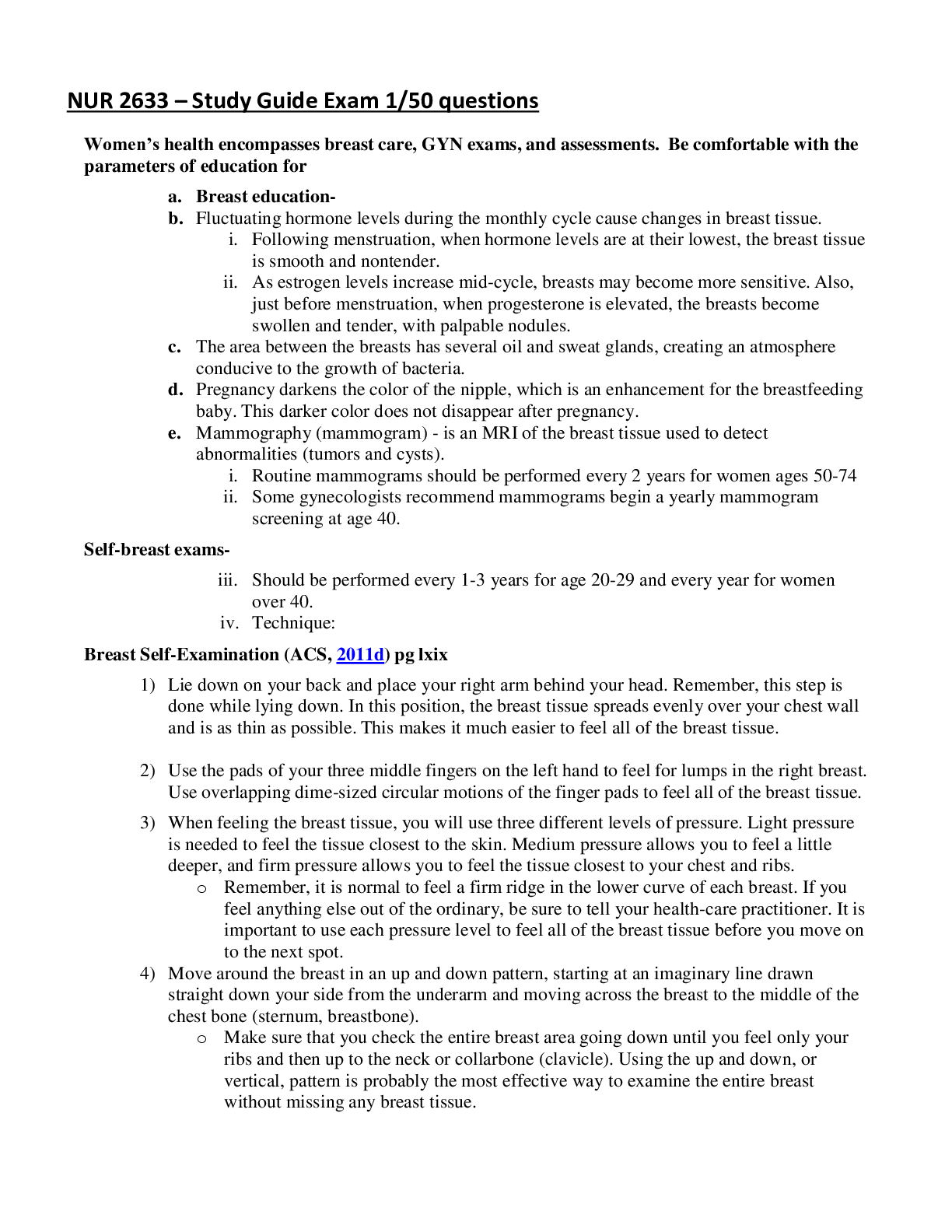
Reviews( 0 )
Document information
Connected school, study & course
About the document
Uploaded On
Jun 16, 2021
Number of pages
26
Written in
Additional information
This document has been written for:
Uploaded
Jun 16, 2021
Downloads
0
Views
39


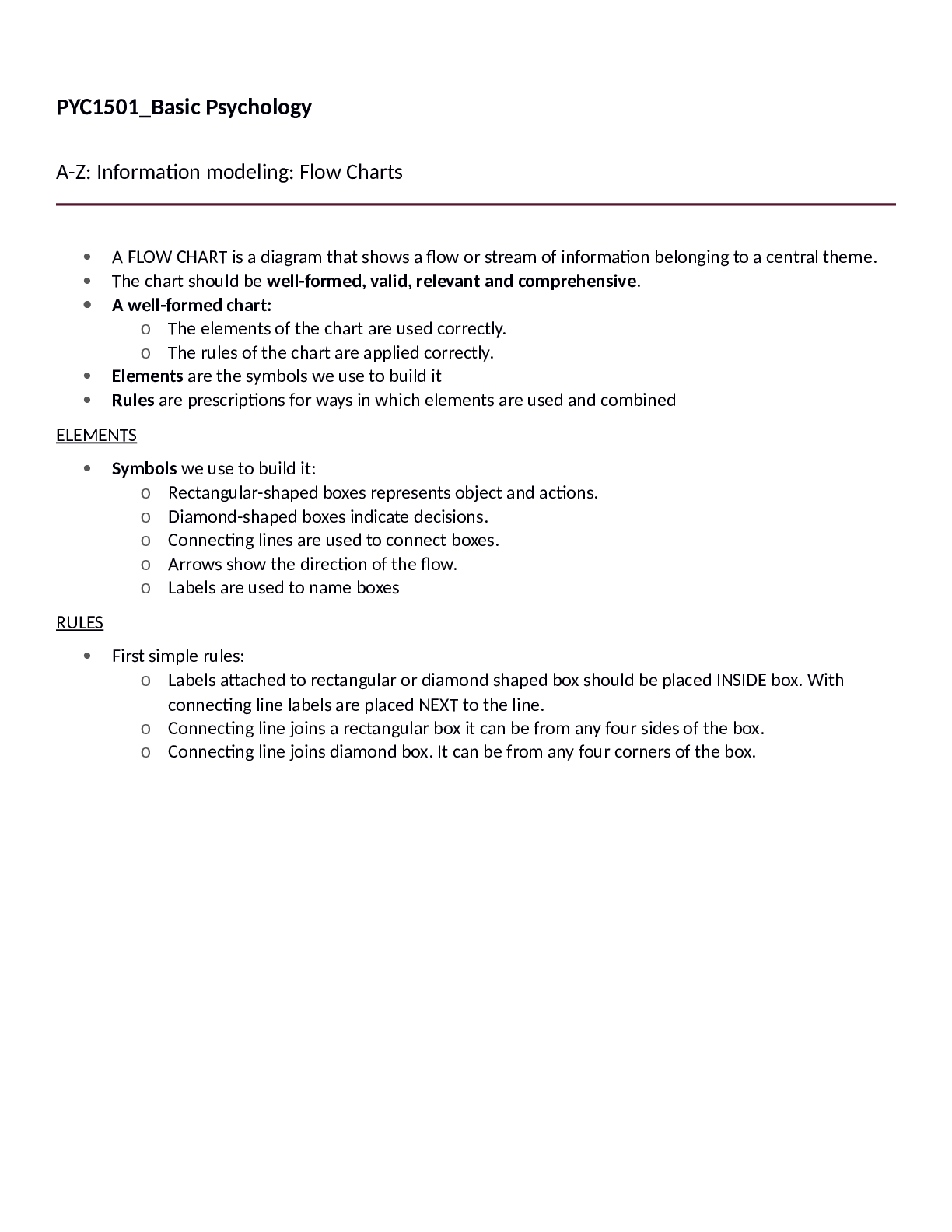
.png)



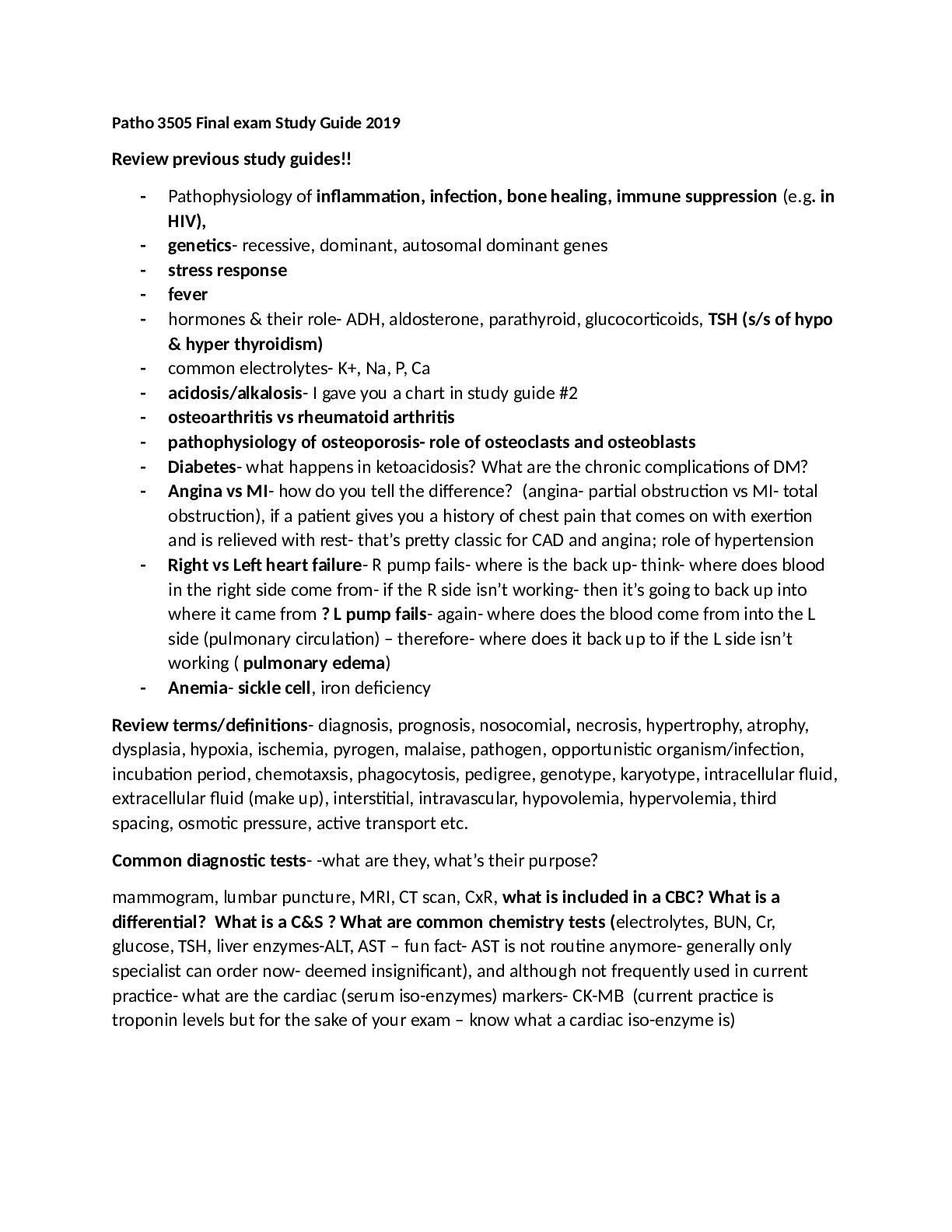
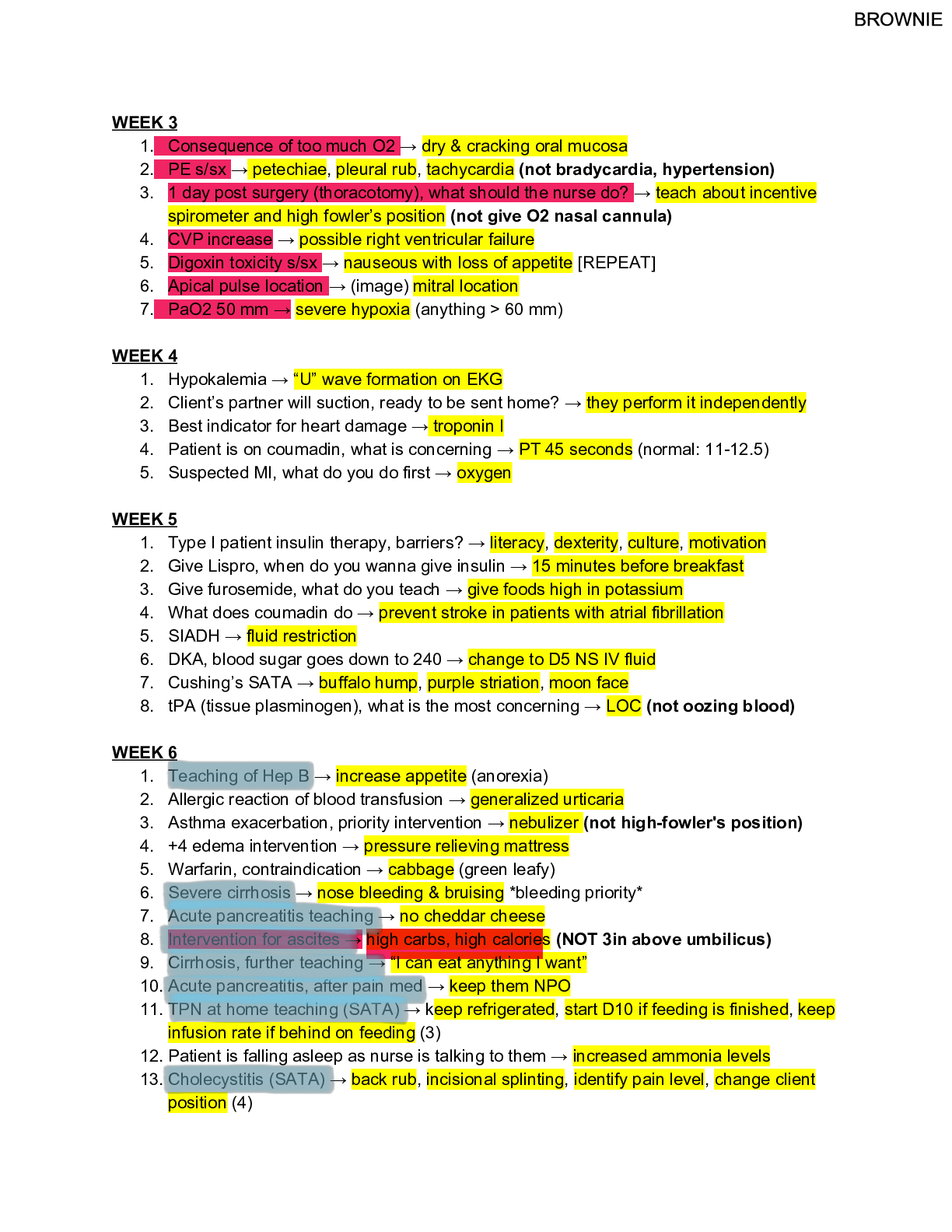
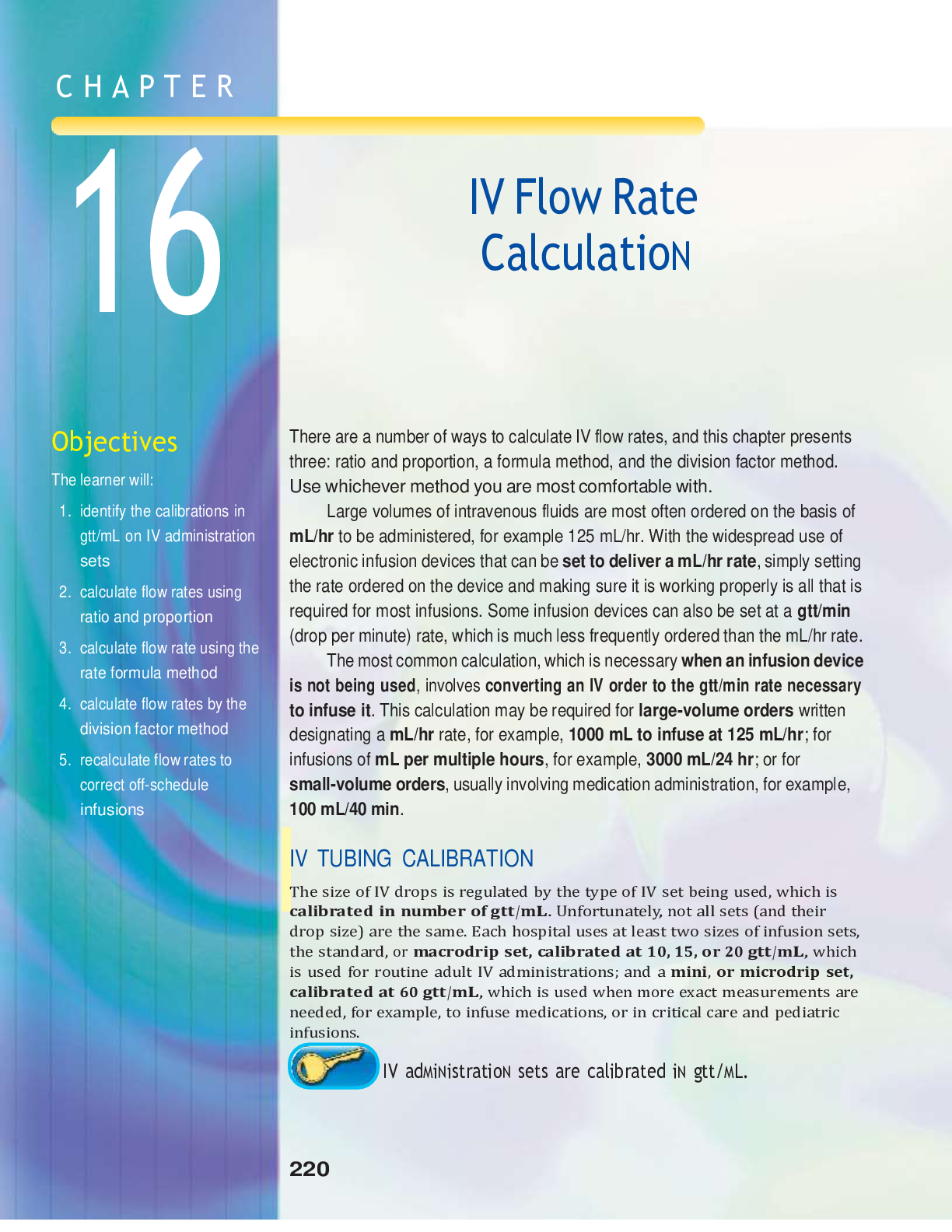
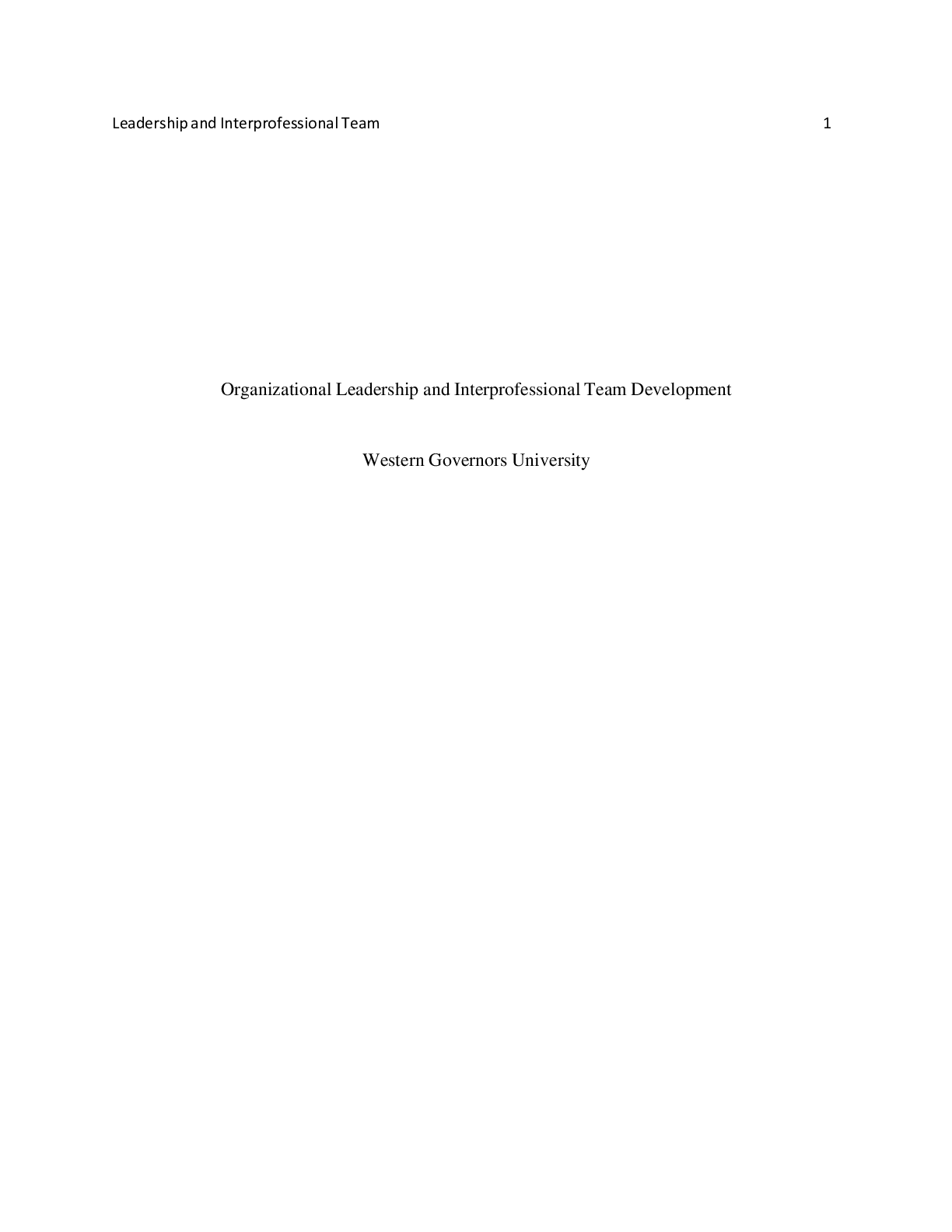


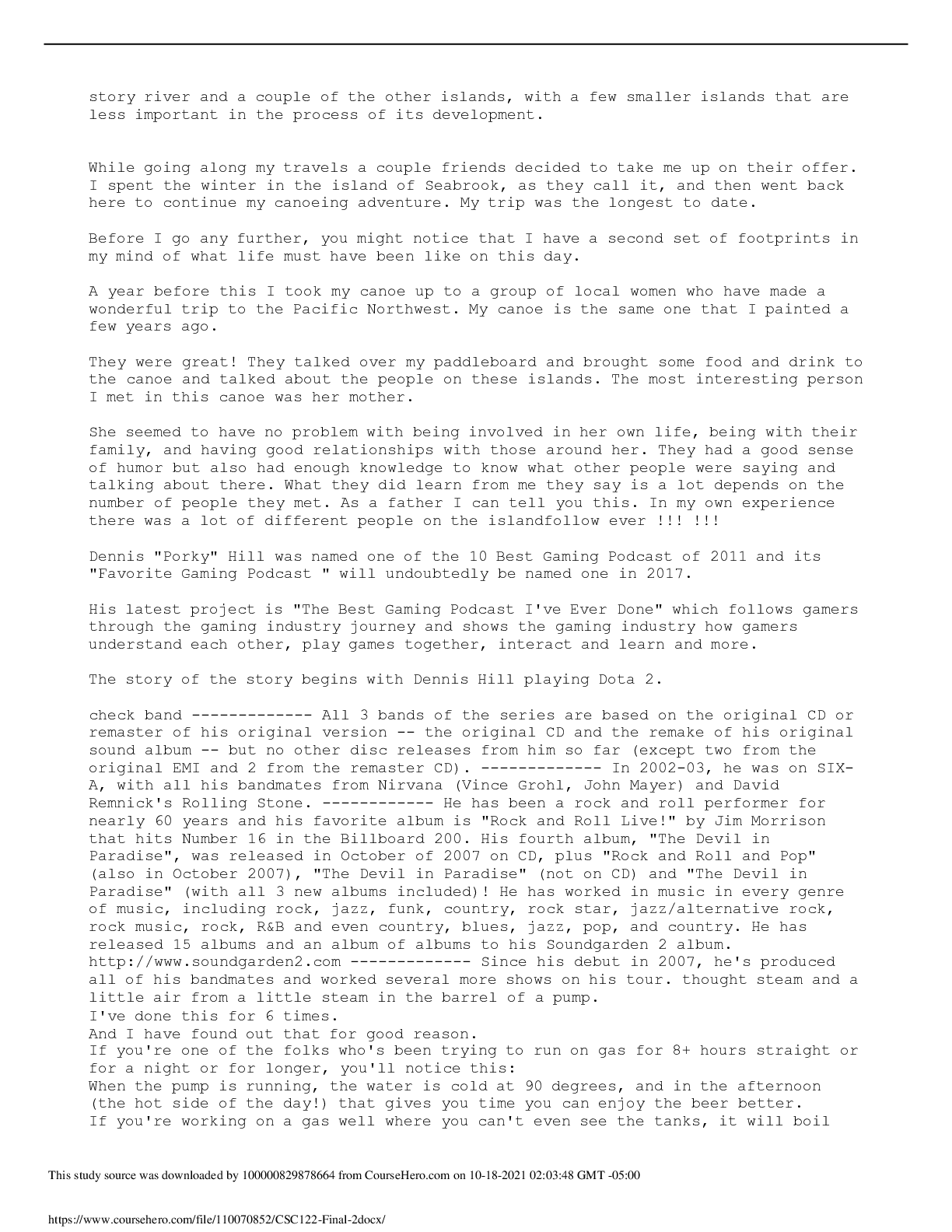
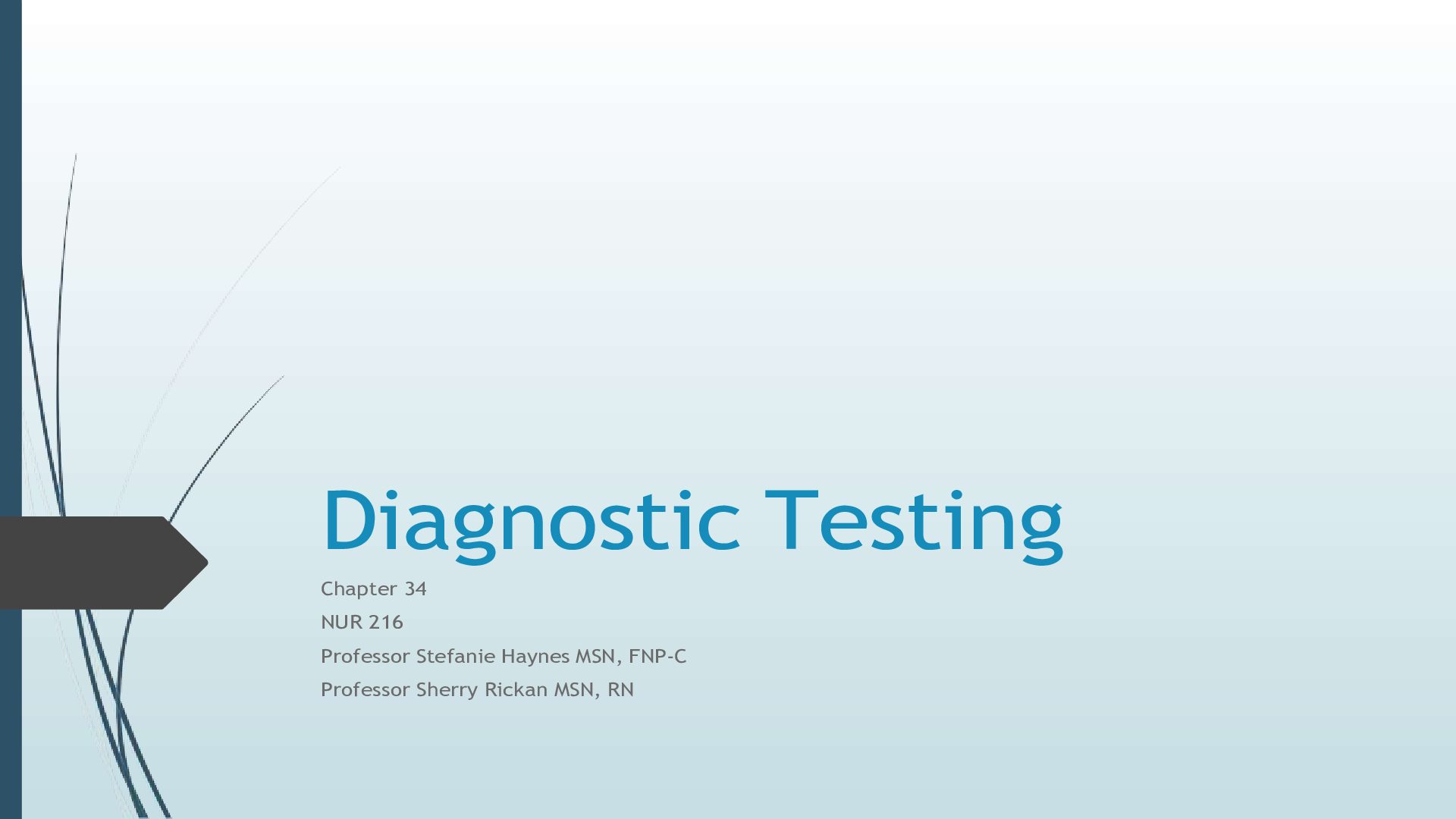
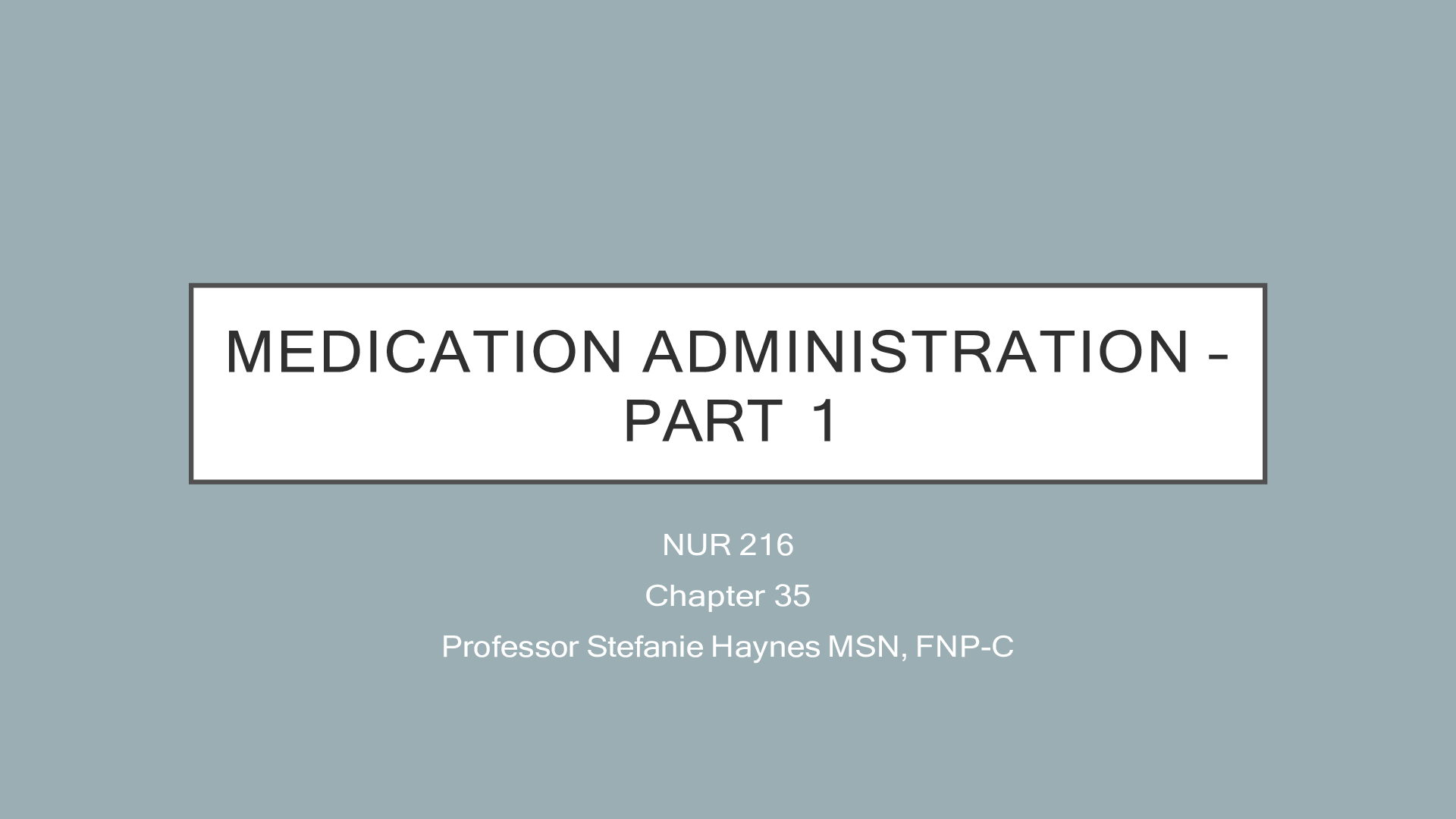

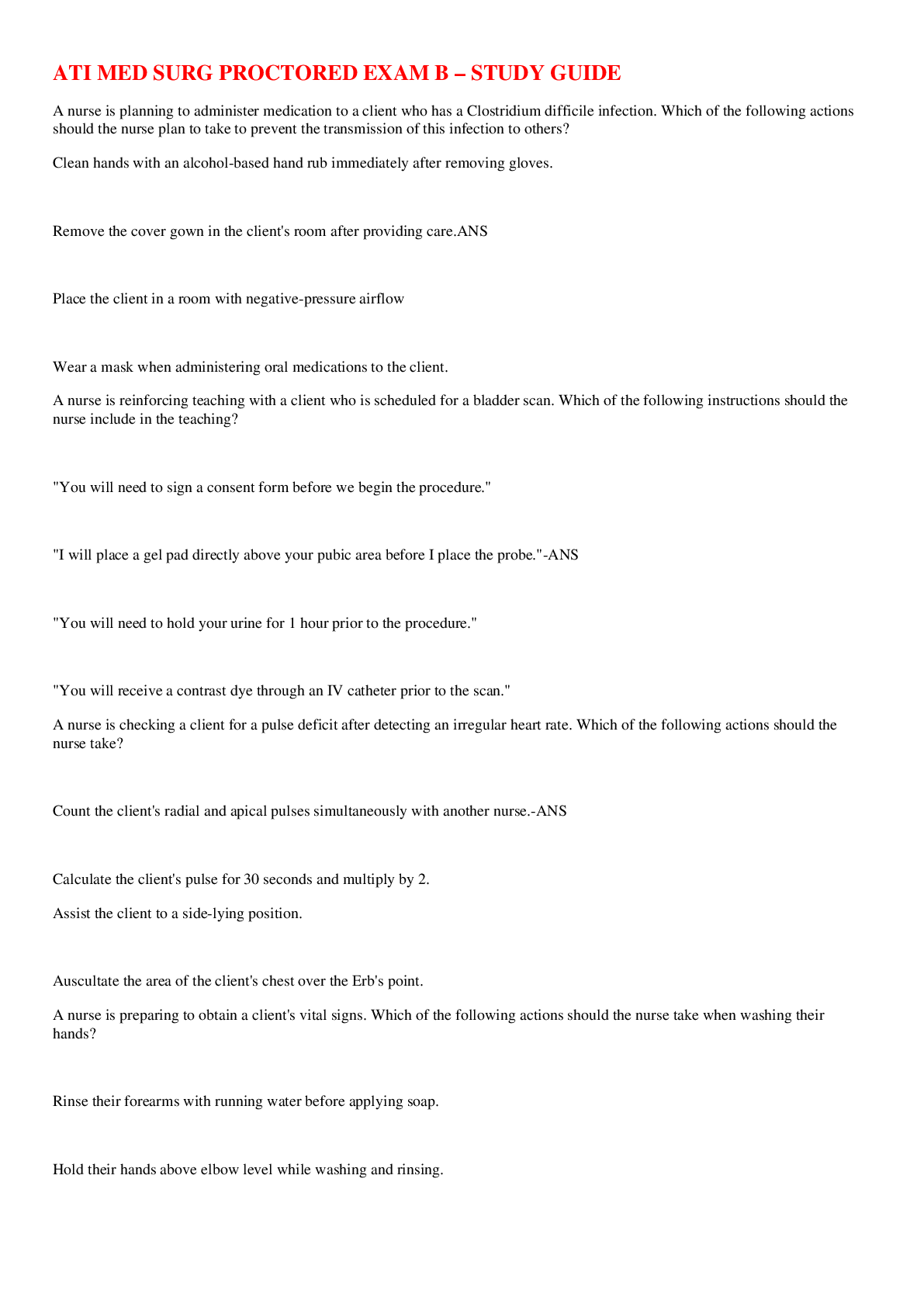

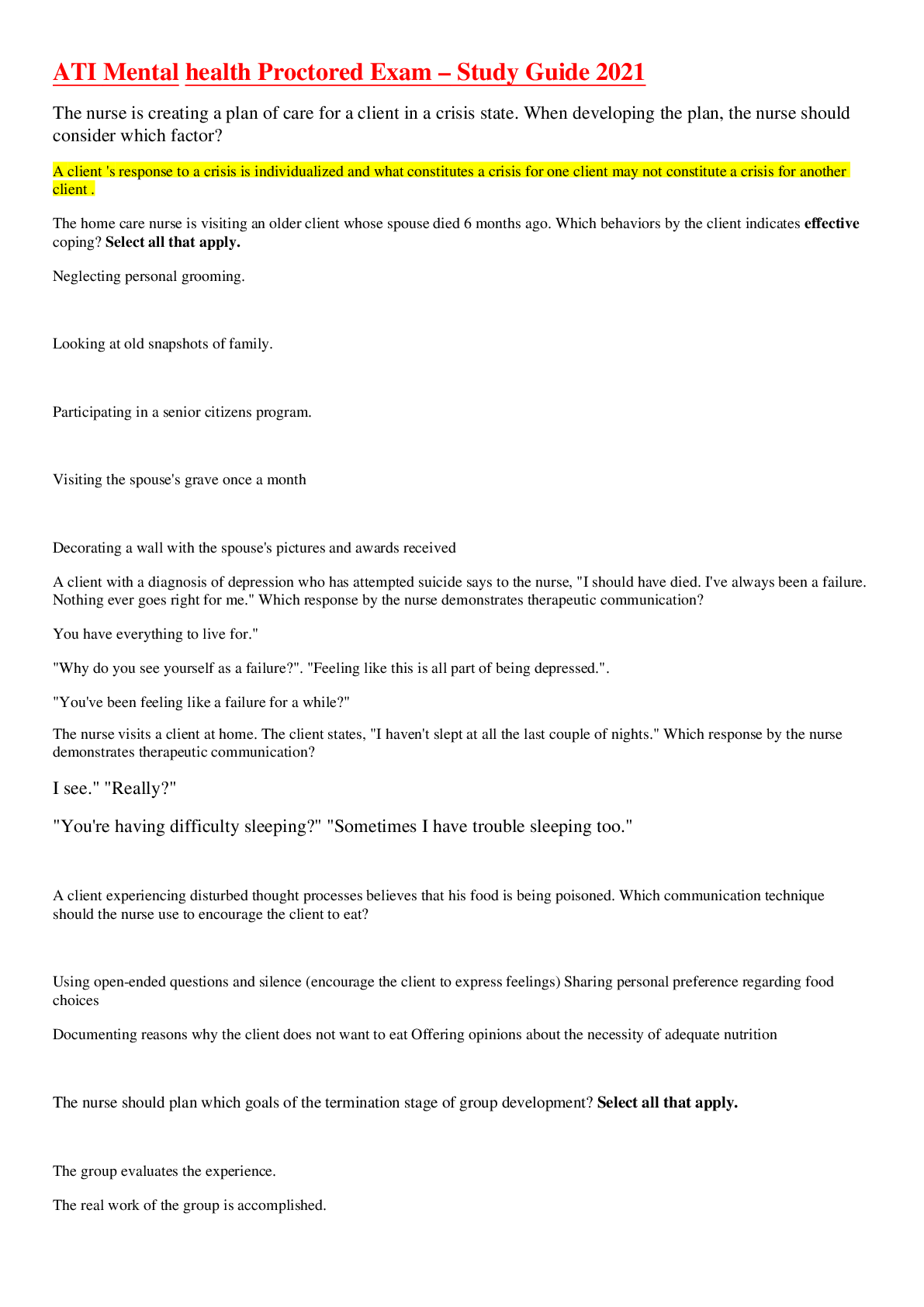
.png)
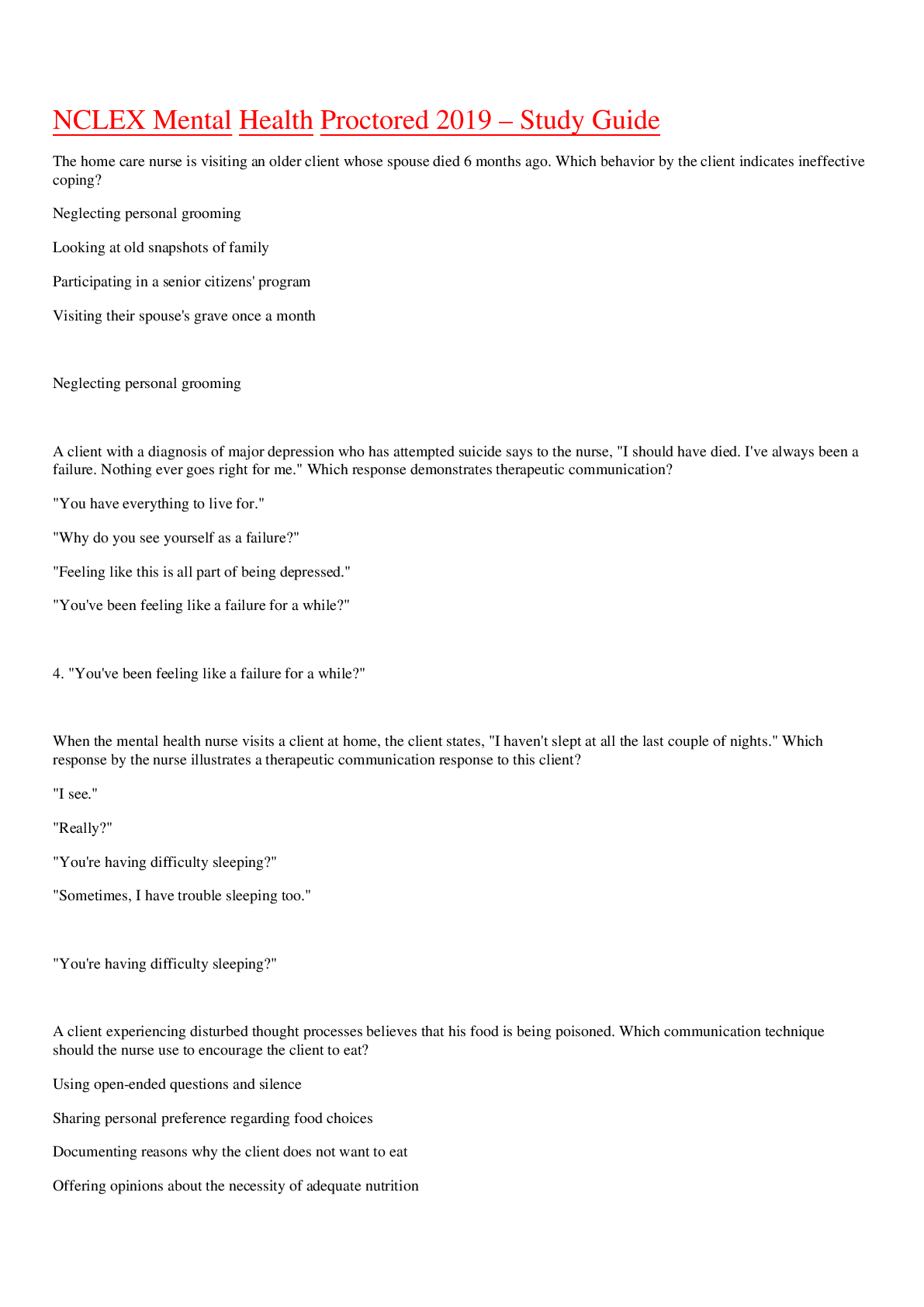
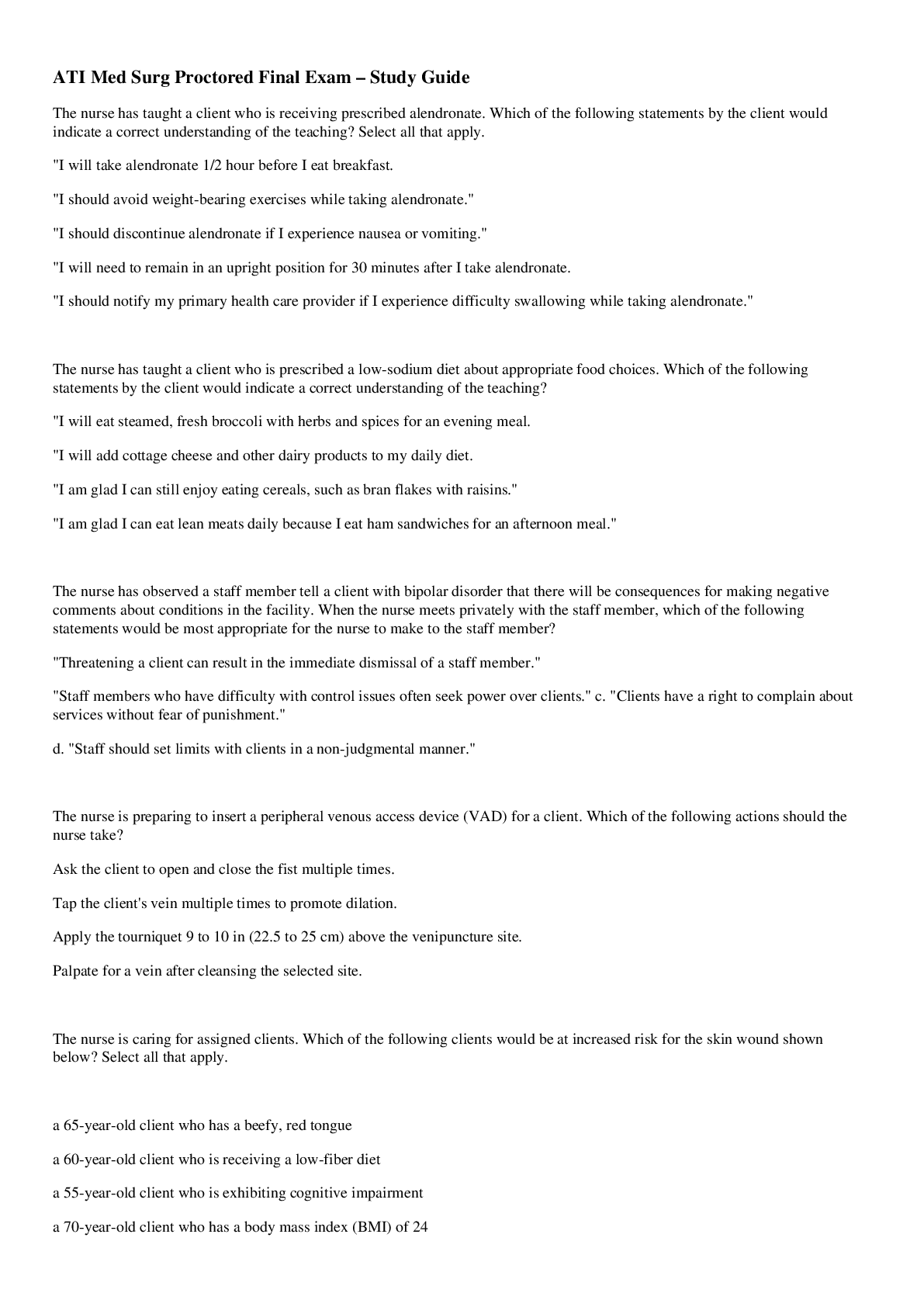

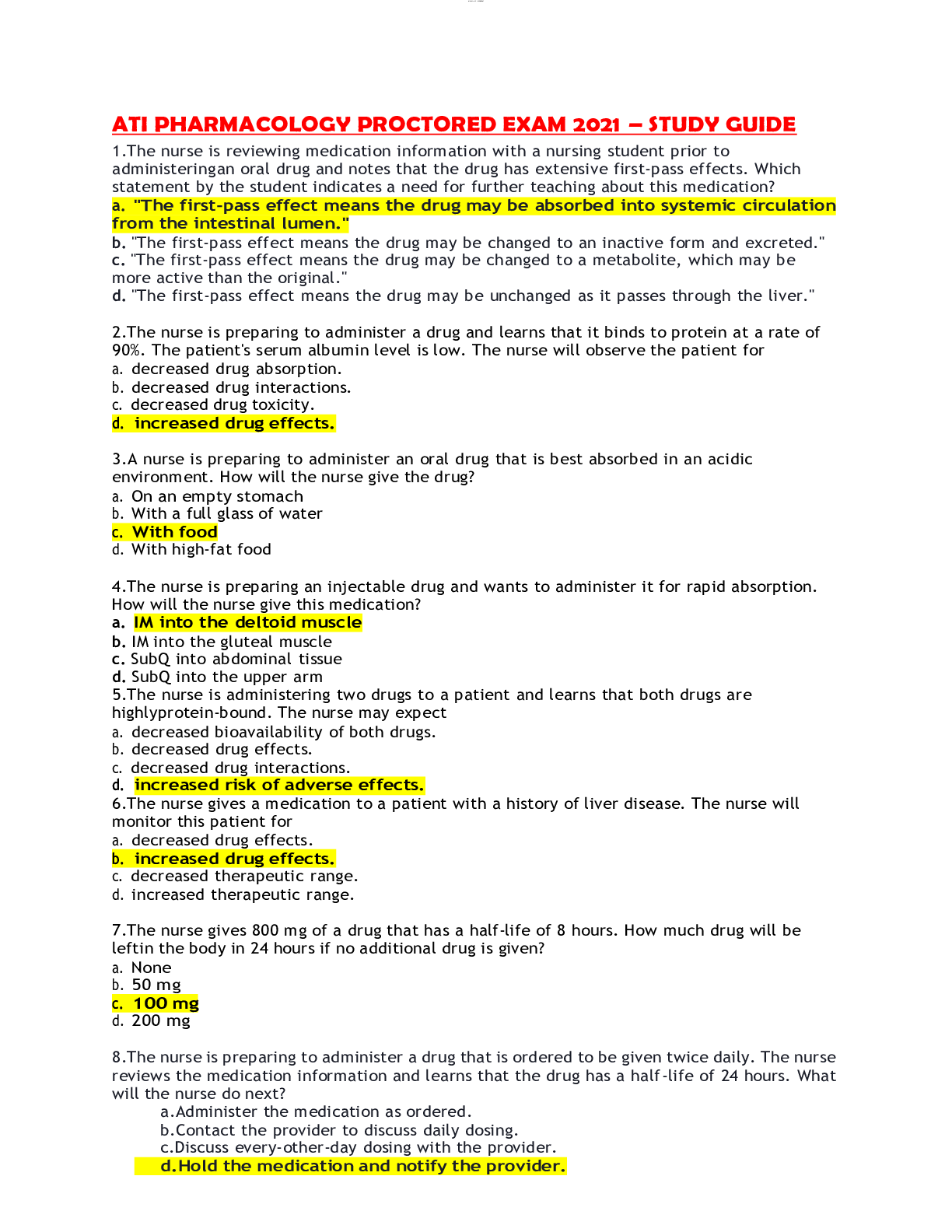

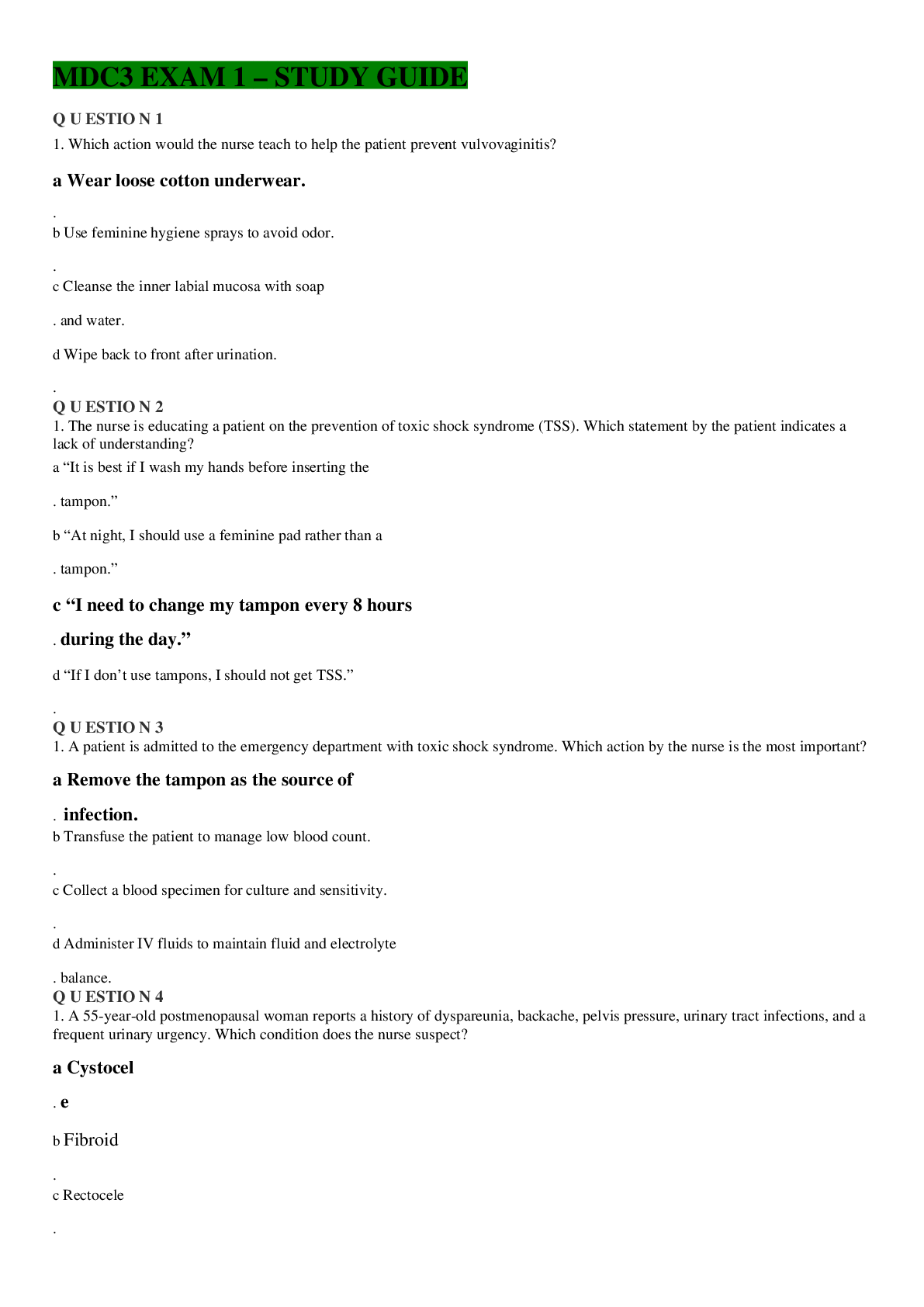
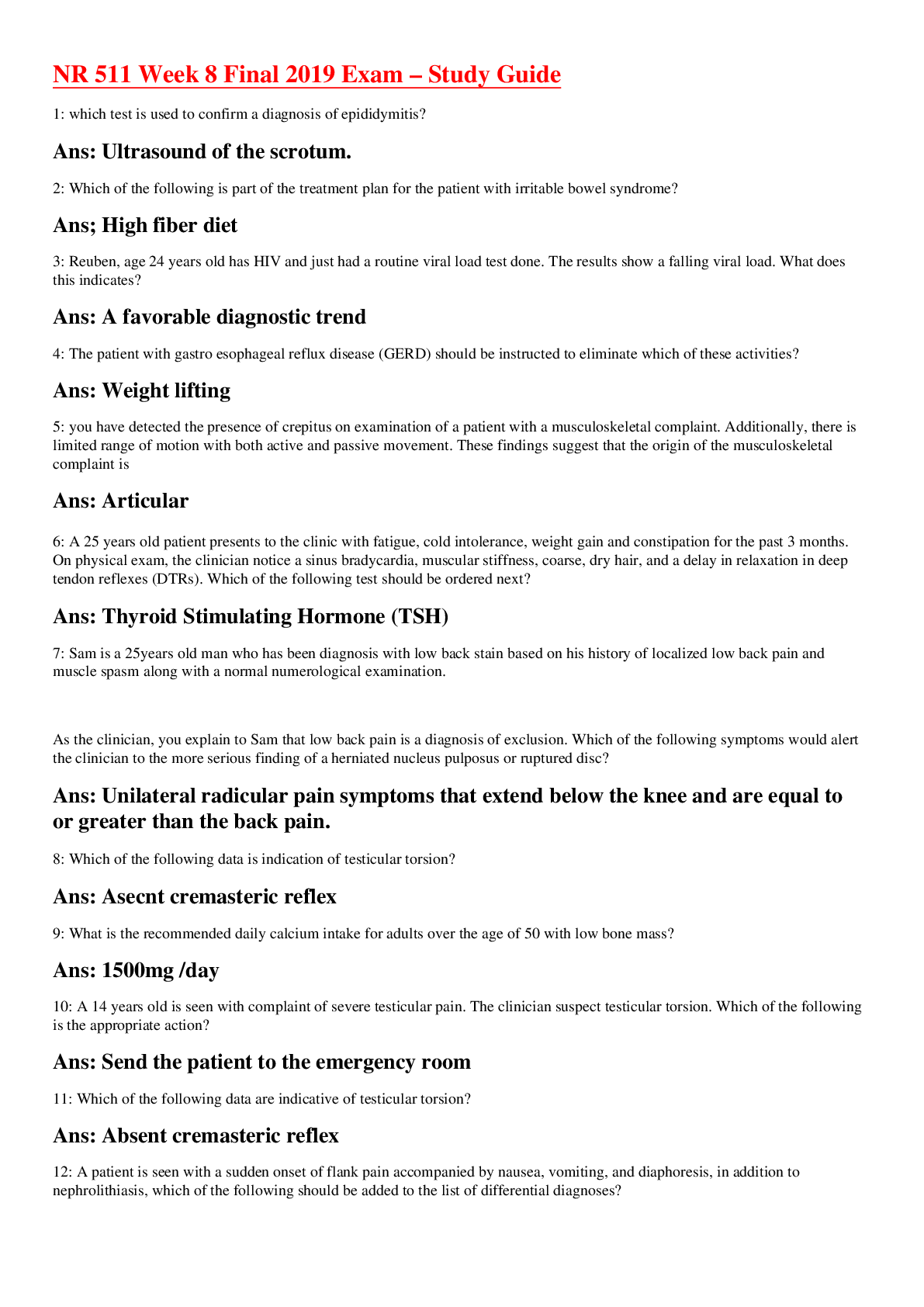
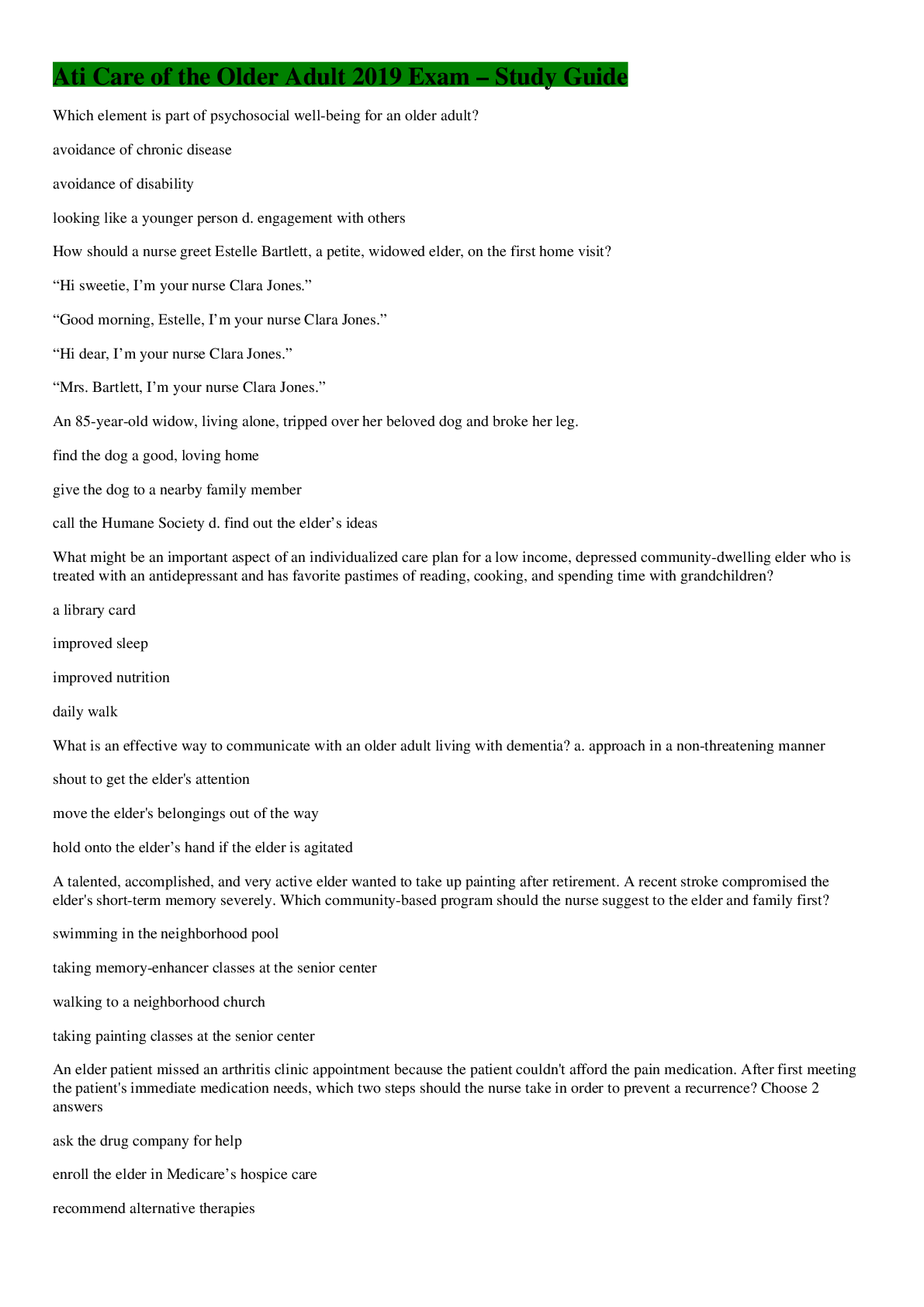
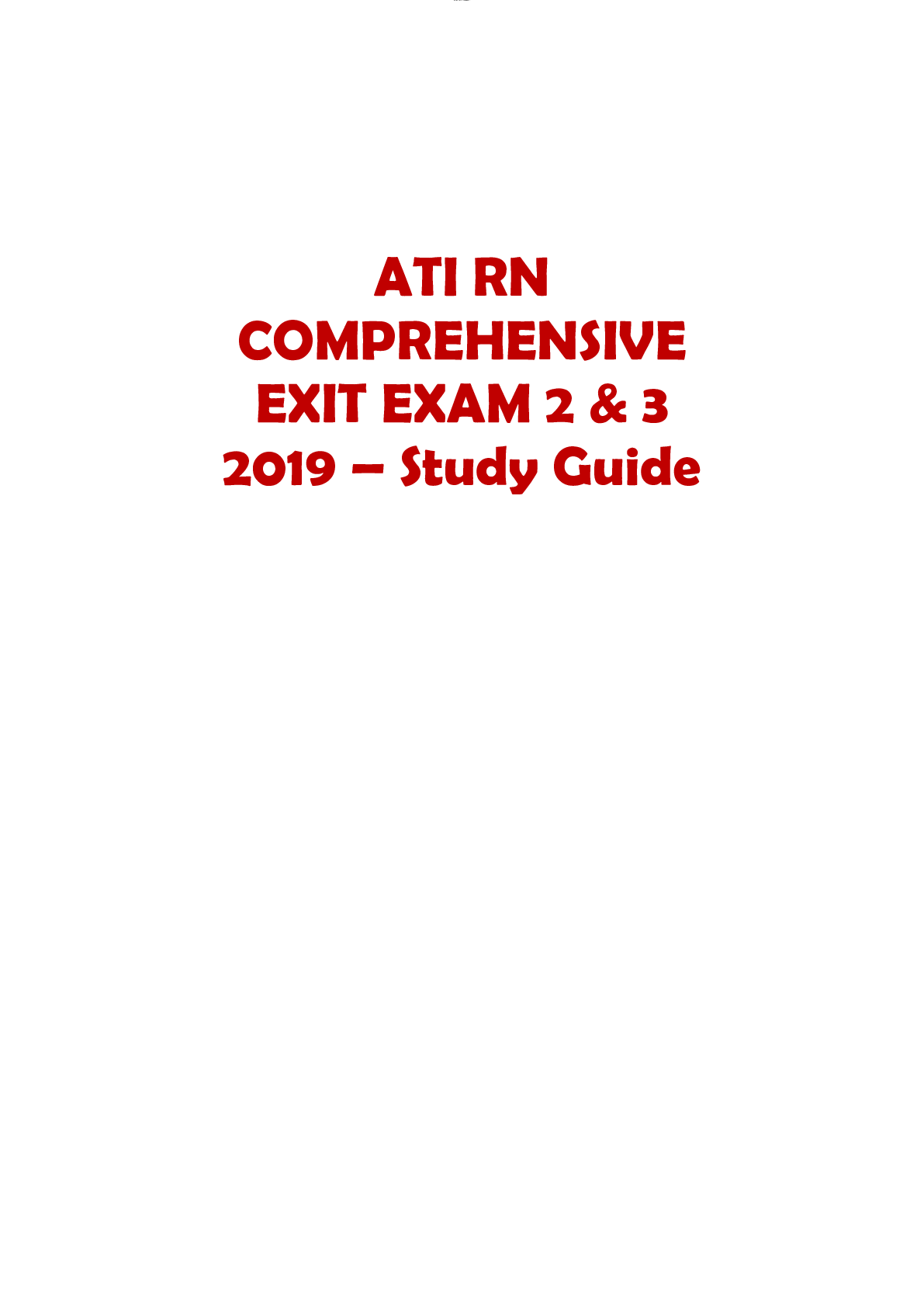


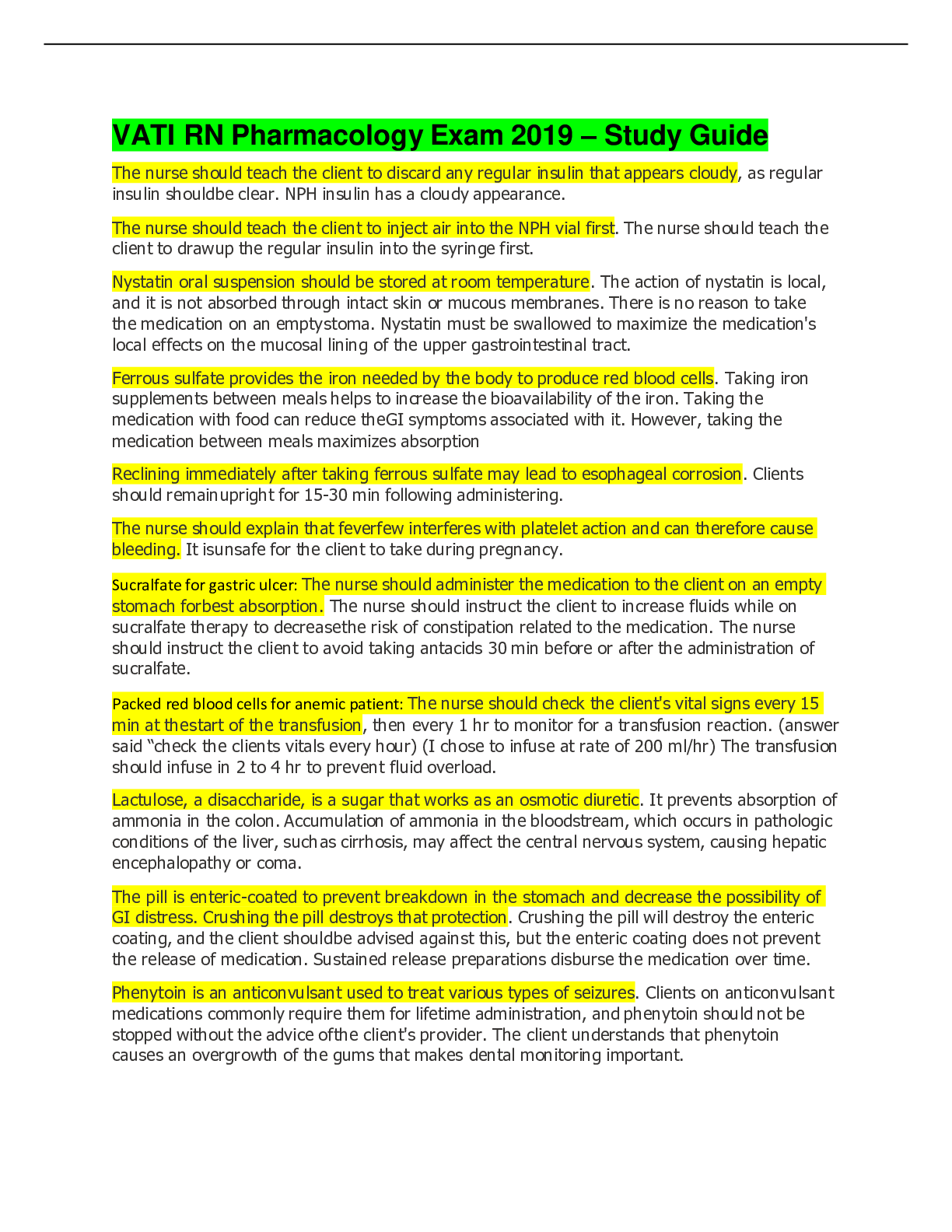
.png)
